How Jkuat And Ku Sunk Millions In Idle Campuses In Rwanda
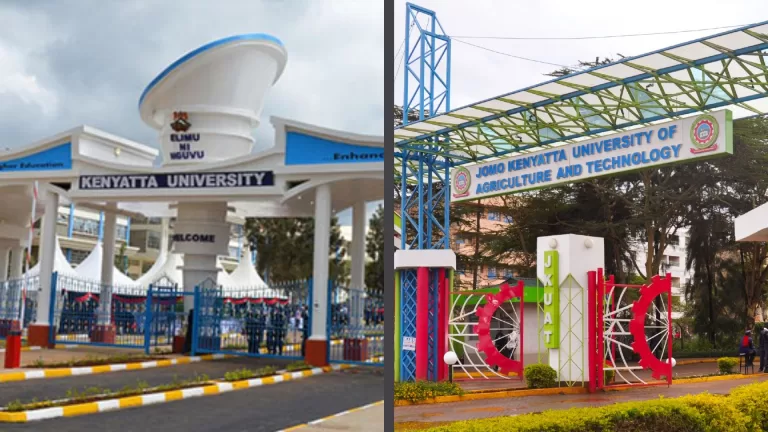
Jomo Kenyatta University of Agriculture and Technology (JKUAT) and Kenyatta University (KU) embarked on ambitious ventures to establish campuses in Rwanda, aiming to extend their educational footprint and tap into the regional market. However, these projects have become significant financial burdens, leaving millions of Kenyan taxpayer shillings idle in underutilized facilities.
Kenyatta University launched its Kigali campus in 2012, investing KSh 370 million ($3.7 million). JKUAT followed with its Kigali campus the same year, costing KSh 21 million ($210,000). Both universities aimed to provide quality education to the Rwandan market while generating revenue to sustain their operation.
Why the Campuses Failed
-
Regulatory and Accreditation Challenges
Both institutions faced significant regulatory hurdles. Aligning their programs with Rwandan standards proved cumbersome, delaying accreditation for key courses. This made it difficult to attract students and created a lack of confidence in their offerings. -
Low Enrollment Numbers
Despite substantial investments, student enrollment at the Kigali campuses remained dismal. For instance, KU's Kigali campus saw limited interest due to high fees and competition from established institutions like the University of Rwanda. -
Operational Inefficiencies
These campuses were plagued by allegations of mismanagement, with reports pointing to inadequate oversight and planning. JKUAT’s Kigali campus director was even dismissed amid concerns about performance and accountability. -
Economic Strain Back Home
The expansions coincided with financial challenges at the main campuses in Kenya, raising questions about the feasibility of these projects when local operations were struggling.
The Financial Fallout
Both campuses failed to deliver the expected returns, turning into significant financial liabilities. KU’s investment of KSh 370 million and JKUAT’s KSh 21 million in Kigali remain largely unrecovered. The Kenyan government in 2017, under the then Education Cabinet Secretary Fred Matiang’i, directed both universities to shut down these campuses to curb further losses and focus on prudent financial management.
Conclusion
While the idea of regional expansion was noble, the execution left much to be desired. The closure of the Kigali campuses serves as a cautionary tale for public institutions. Strategic planning, accountability, and alignment with local needs are essential for ensuring future ventures succeed without draining public resources.















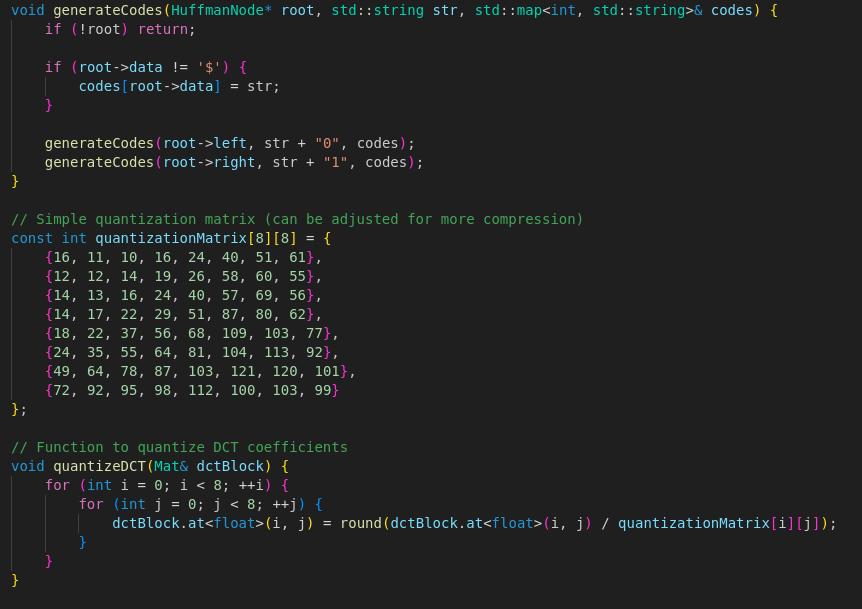






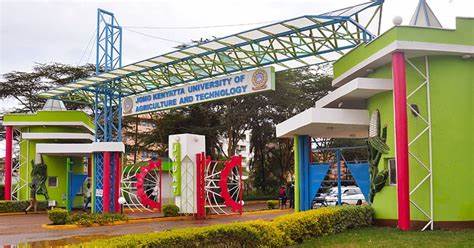

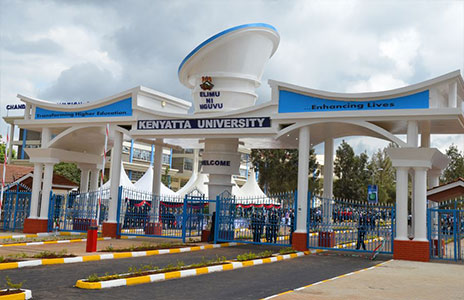

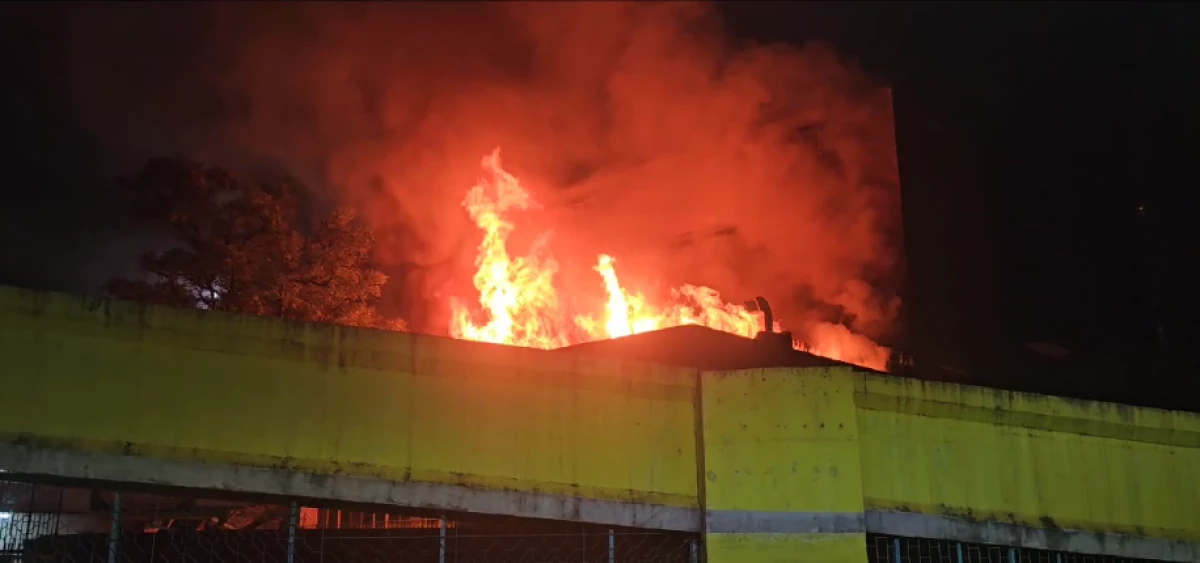
Comments